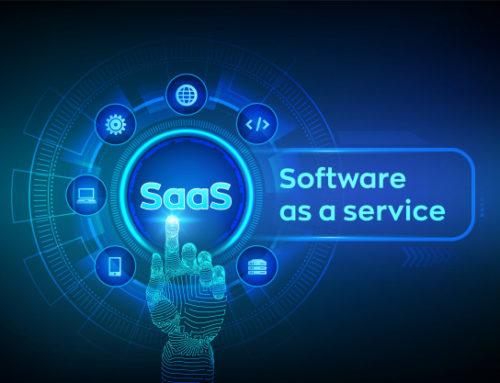Data Mining is an intricate process that can benefit businesses in multiple ways by analyzing data. You can easily retrieve this data from your own CRM, websites, and other databases, and use it improve your business and fix issues. But is it complicated? Should you invest? Read on and find out why it is important!
What is Data Mining?
Data mining is the process of finding patterns and information from large amounts of data. Companies then use this data to help their business use this data to increase revenue, cut costs, invest in better advertising, boost customer retention, improve customer relationships, reduce risk, and more!
Companies use data mining to explore and analyze company information to track patterns, trends, and tactics to improve their business.
Why is Data Mining Important?
Data mining can do amazing things for your business such as:
- Allows you to analyze and remove unnecessary parts of your data.
- Help you make business decisions.
- Learn more about your company data, how it works and what it needs.
- Understand the most relevant and necessary parts of your business.
- Helps you analyze customer behavior in order to improve your relationship with them.
- Gives you better data information in order to run better campaigns and make predictions.
The Data-Mining Steps
In order for data mining to be successful, they require multiple steps. However, not every company has the capability and the necessary data to reach its objective. The following are the main steps of data mining:
1. Business Understanding
Business understanding is the very first step because the objective is to clearly break down what the business needs including resources, goals, audience, and platforms. Once your company can identify these factors and understand the business more, you can create data mining goals. It is important in this step to understand the requirements for your company from a business perspective to create a proper data mining plan.
2. Data Understanding
Next, is to understand the data collected from all your sources. This will help you get familiar with your company’s data and understand how to process it. This is the step where you will focus and gather knowledge about where your data comes from, how it is processed, where data is stored, and how decisions are made.
3. Data Preparation
This next step will be the most time-consuming of them all. This step will include everything you need to create the final set of data. Following this, you will need to format all your data into your desired form and by doing this you will get a better understanding of your business and what it needs.
4. Modeling
Following data preparation, you will then need to select and apply the various modeling techniques. This step is also to test and evaluate your current design and discuss with experts whether this is the right process for your company.
5. Evaluation
The following step will determine whether your model meets your business requirements. The evaluation is then made by testing the model through digital applications. This is an analysis stage where the data is analyzed, extracted, transformed, and visualized to give users better information on how this will work. It is in this step where you will discover any mistakes that were made or changes that need to be made.
6. Deployment
Finally, the last step is to monitor your current strategy and maintain the data mining results to decide whether your venture was a success. You will test your hypothesis by reviewing your mined data and using that information to help you make your business decisions going forward. Once you test your hypothesis, you can begin organizing and presenting your results of data mining.





Leave A Comment